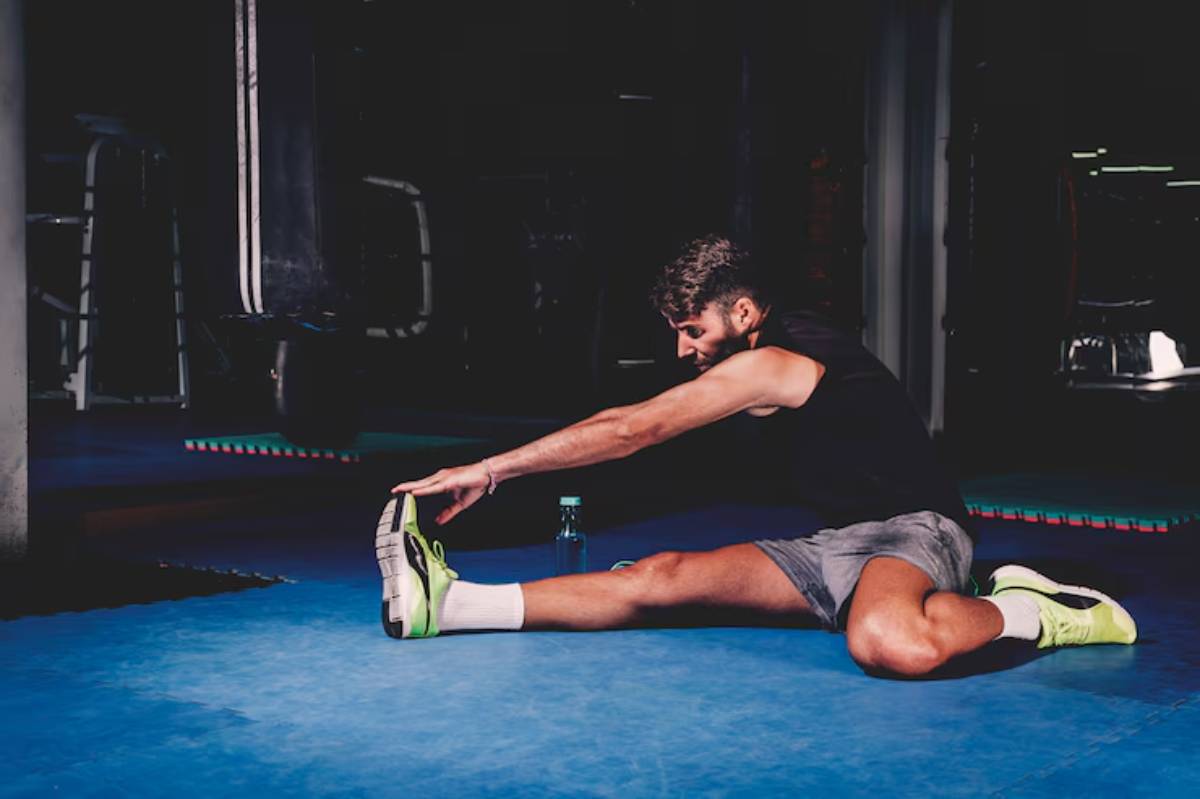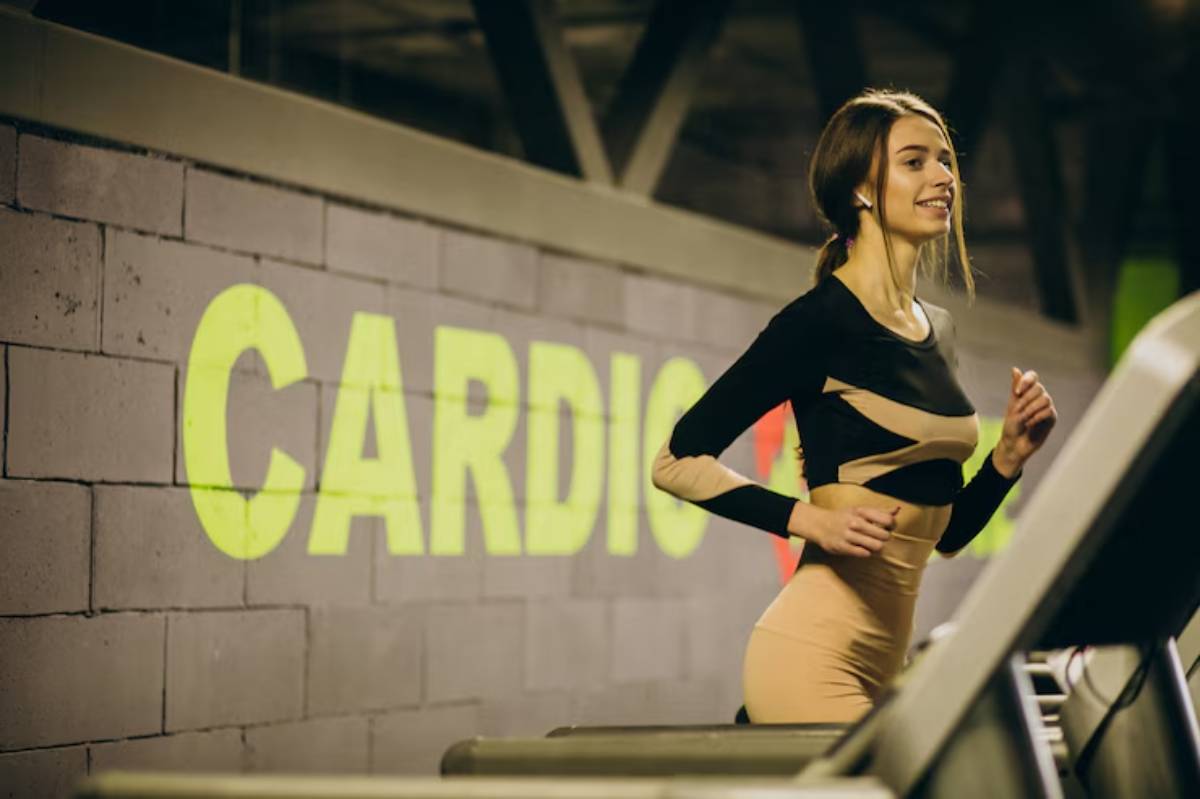
How to Cool Down After Heavy Lifting
You finish your final rep, rack the bar, and wipe the sweat from your brow. Job done, right? Not quite. Skipping your cooldown might save you five minutes today, but it could cost you flexibility, recovery, and future performance.
Whether you’re lifting heavy at the gym, training for a power meet, or simply getting stronger, a smart lifting cooldown guide is essential for long-term progress and injury prevention.
This isn’t about foam rolling for 45 minutes. It’s about building a realistic, effective post-lift mobility and recovery routine that actually fits your life and works.
Let’s explore how to cool down correctly after lifting, boost your body’s ability to recover, and feel fresh the next day.
Why Cooling Down Matters After Lifting
After intense strength training, your heart rate is elevated, your muscles are inflamed, and your nervous system is highly activated. If you simply stop, that tension and residual fatigue can linger, and lead to:
- Delayed-onset muscle soreness (DOMS)
- Tightness and reduced mobility
- Slower recovery times
- Higher risk of injury
A well-structured recovery workout tip is to think of your cooldown as the start of your next training session. It sets the stage for better recovery, reduces inflammation, and maintains functional movement patterns.
Quick Guide: Post-Lift Recovery Routine
- Lower your heart rate gradually with light cardio
- Mobilise key joints used in your session (hips, shoulders, spine)
- Stretch tight muscle groups with static or PNF stretches
- Use foam rolling for soft tissue relief
- Hydrate and refuel to support muscle recovery
Understanding What Happens Post-Workout
The physiological response
Heavy lifting causes micro-tears in your muscle fibres — that’s how strength is built.
But this also causes:
- Muscle swelling
- Dehydration from sweating
- Elevated cortisol and adrenaline
- Joint compression from heavy loading
Cooling down allows your body to gradually reset:
- Brings blood pressure and heart rate back to baseline
- Reduces the stress hormone response
- Flushes metabolic waste like lactic acid
- Signals your body to enter recovery mode
Skipping this process means more tension, inflammation, and fatigue left unchecked.
Step-by-Step Guide: Your Lifting Cooldown Plan
Here’s how to build a real-world cooldown routine that works for beginners and seasoned lifters alike.

1. Light Cardio (3–5 minutes)
Start with low-intensity movement to gradually bring your heart rate down:
- Walking on a treadmill
- Cycling slowly
- Rowing at low resistance
This keeps blood circulating and begins flushing lactic acid from your system.
2. Mobility Exercises (5–7 minutes)
Next, address joints and muscles that were heavily used. This is your post-lift mobility window to restore full range.
Examples:
- Hip openers after squats or deadlifts
- Thoracic spine rotations post bench press
- Wrist and shoulder CARs after Olympic lifts
Mobility drills are active and controlled — they’re not stretches. They help retrain quality movement while the body is still warm and adaptable.
3. Static or PNF Stretching (8–10 minutes)
Once your muscles are warm and pliable, use gentle static stretching to:
- Improve flexibility
- Reduce residual tightness
- Promote muscle lengthening
Static stretches to include:
- Hamstring or calf stretches
- Chest and shoulder openers
- Hip flexor stretches
- Figure-four glute stretch
Pro Tip: Use PNF (Proprioceptive Neuromuscular Facilitation) stretching for deeper release — contract, then relax into a deeper stretch.
4. Foam Rolling and Soft Tissue Release (5 minutes)
Foam rolling is perfect here — your nervous system is calm, and your muscles are primed for recovery.
Target:
- Quads and glutes
- Lats and thoracic spine
- Calves and adductors
Spend 30–60 seconds per muscle group. Breathe slowly, avoid rushing, and pause on tight spots.
If you’re working on stubborn soreness, revisit common mistakes with foam rolling to make sure your technique is supporting recovery.

5. Hydrate, Breathe, and Refuel
Cooldown doesn’t end in the gym.
Recovery also relies on:
- Rehydrating with water or electrolytes
- Slow, parasympathetic breathing (try box breathing or 4-7-8)
- Eating a protein-rich meal within 60–90 minutes
These are often the most forgotten recovery workout tips, but they’re crucial for muscle repair and energy replenishment.
Important: Don’t skip cooldowns just because you feel “fine.” Micro-fatigue builds up, and the effects show over time, not always immediately.
Warning: Avoid aggressive stretching or foam rolling if you’re injured or feeling sharp pain. Opt for gentler techniques and consult a physio if needed.
Pro Tip: If your recovery still feels slow, you may benefit from a more structured recovery day plan to support your training volume.
Best Practices & Real-Life Scenarios
Create a flexible cooldown framework
You don’t need to follow the same exact order every time. Use the cooldown to target how your body feels, not what a programme says.
Example:
- Heavy squats? Spend more time on hips, glutes, and ankles
- Bench press day? Focus on shoulders, triceps, and thoracic mobility
This adaptive mindset prevents tightness from becoming dysfunction.
Use breath to down-regulate your system
High-intensity lifting activates your sympathetic nervous system (fight-or-flight). Switching gears to rest and digest is a key part of cooling down.
Try this:
- Inhale through your nose for 4 seconds
- Hold for 4
- Exhale through your mouth for 6–8
- Repeat for 2–3 minutes
This helps lower cortisol, heart rate, and muscle tension.
Build consistency with “cooldown cues.”
Set up a trigger for cooldown, such as finishing every workout by rolling out for 5 minutes. Once it becomes part of your flow, it won’t feel like an optional chore.
Real-world use case: Jake’s Bench Session
Jake trains for powerlifting three times a week. After bench press days, he used to skip cooldowns. Over time, he developed shoulder tightness.
Now, he does:
- 3 mins rowing to lower heart rate
- Shoulder CARs + wall slides
- Foam rolling the thoracic spine and pecs
- Chest and tricep stretches
Within a month, his overhead mobility improved, and he no longer feels stiff the next morning.
Cooldowns don’t just prevent soreness — they set you up for better performance.
FAQs
Why is cooling down important after lifting?
It helps your body recover faster, reduces soreness, and prepares you for your next session by restoring mobility and clearing metabolic waste.
How long should a cooldown take?
Depending on training intensity, 10–20 minutes is ideal. Even a quick 5-minute flow is better than skipping it.
Is stretching enough for a cooldown?
Stretching is useful, but combining it with mobility drills, light cardio, and breathing work offers a more complete recovery.
What happens if I skip cooldowns?
You may experience more stiffness, increased soreness, slower recovery, and eventually, reduced range of motion or injury risk.
Can cooldowns improve flexibility over time?
Yes. When done consistently, post-lift stretching and mobility work enhance flexibility and joint function.
Build a Cooldown Ritual That Works for You
Strength isn’t just built during the grind — it’s rebuilt during the recovery. A proper cooldown helps lock in the gains you worked hard for and primes your body for the next challenge.
By using this lifting cooldown guide, integrating realistic post-lift mobility, and applying recovery workout tips that fit your lifestyle, you’re not just lifting smart — you’re training for the long game.
So next time you rack that last plate, take five more minutes for yourself. Stretch, roll, breathe, recover. Your body will move better tomorrow, and thank you for it next year.


